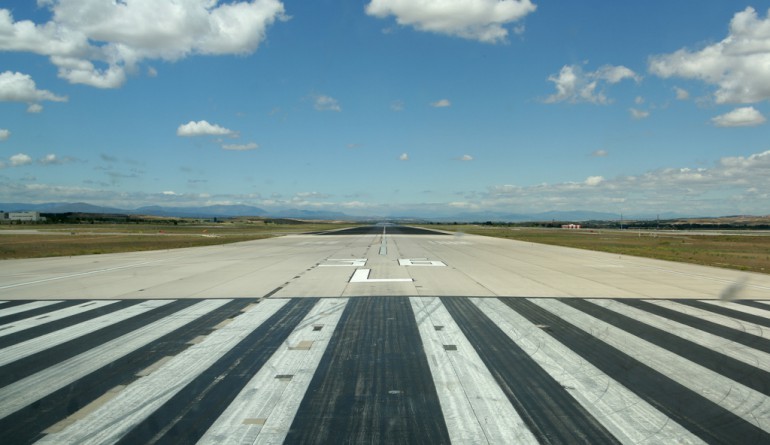 How do the building and maintenance costs of gravel, concrete, and asphalt runways compare to each other? Especially under the unique needs of smaller operations, one method may be far and away the best choice.
How do the building and maintenance costs of gravel, concrete, and asphalt runways compare to each other? Especially under the unique needs of smaller operations, one method may be far and away the best choice.
Are you considering upgrades to your airplane runway? For the average runway owner or operator, deciding which method to use for surfacing seems nearly impossible from the outset — especially when you’re trying to balance a tight budget and optimize performance within a challenging set of external circumstances. While you can choose between gravel, asphalt, or concrete as surfaces for your runway, if you don’t have an idea of each material’s properties, you can’t know which will work best for you.
Types of Runways
Gravel or unpaved runways are typically composed of a mixture of compacted soils and stones without a covered or sealed hard surface. Unpaved runways are more vulnerable to weather conditions than their sealed counterparts, but take less heavy equipment and materials to construct, which keeps the barrier of investment. That said, more attention needs to be given to maintenance on the unstable surface.
There are a number of different kinds of asphalt paved runways, such as the “flexible” strip that Boeing describes as “a runway, taxiway, or ramp that is surfaced with a mixture of asphaltic materials (asphalt and aggregate) of from three to five inches in thickness.” Asphalt is considered to be better for smaller runways, as the material never completely hardens — under the extreme weight of a larger aircraft in hot weather conditions, the asphalt may form around the tires of the plane and make it difficult to move after landing.
Concrete runways are widely considered to be the preferred method for big commercial operations, commonly used for the larger runways that service bigger aircraft because of the strength and stability it affords. The surface consists of a mixture of concrete materials (portland cement, sand, coarse aggregate, and water) and ranges from 6 to twenty inches or more in thickness. Because of the scale, size, and materials needed for concrete, it’s also the costliest method.
Extenuating Circumstances
While asphalt and concrete runways might work best for big commercial airports serving huge 747s and heavy traffic, gravel is often the best choice for small or independent airstrips. In fact, there’s a significantly higher number of airports in the U.S. with unpaved runways than paved ones — they’re much more common than you might think. Because of the low costs and basic construction methods involved, some remote areas have no choice — the heavy-duty machinery and materials needed for the construction of runways of other surface types could never make it on-site.
Unfortunately, many of these sites also endure the harshest weather conditions in the world, which make surface maintenance for the unsealed runways a major challenge in addition to the wear and tear from normal use. A poorly kept-up surface is an issue beyond just the runway’s stability — loose materials can damage the planes themselves during the landing and takeoff process. This constant maintenance doesn’t come cheap: the EBA estimates that the minimum cost for the maintenance of an untreated runway to be $82.2 million.
Maintenance Solutions
To make the most of gravel runways, the solutions available from Midwest Industrial Supply Inc. streamline the expensive maintenance process — and importantly, cut costs by as much as 50% over the runway’s lifecycle. Midwest’s Gravel Runway Fines Preservation Program captures and traps fines (displaced surface materials) as they are generated by traffic and wheel friction and locks them into the surface, creating a strong solid surface and cutting down on the dust typically associated with gravel.
EnviroKleen®, one of Midwest’s synthetic organic solutions, creates a pavement-strong surface when applied that only grows stronger with more traffic. It’s ideal for even the harshest of conditions and comes with certifications from both the EPA and Boeing as being safe for use in the environment and non-corrosive to aircraft.
Need any more proof of its effectiveness? See for yourself. When it comes to the surface of your runway, you don’t need asphalt or concrete for it to be strong and stable — you just need the expert solutions from Midwest.

